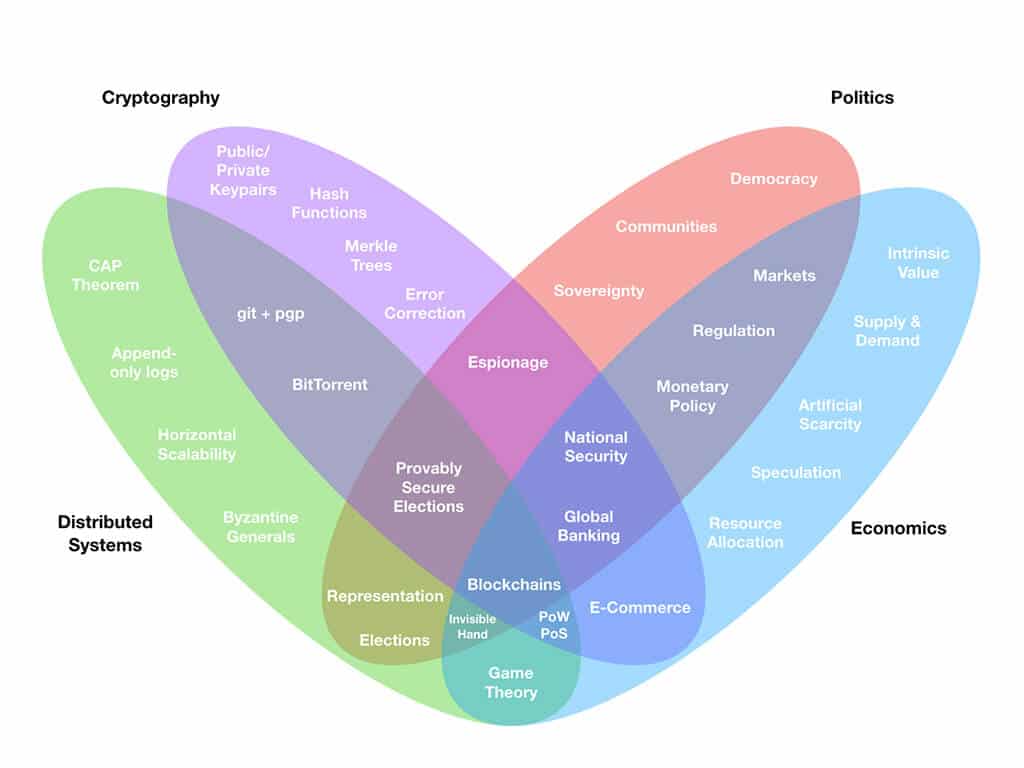2018-11-20 13:55 |
Token development platform seeks to launch Ethereum like Blockchain with increased speed, low development costs, and improved security.
With the rise in popularity of the Blockchain, more companies are becoming eager to break into the market with their own technology and proprietary cryptocurrency. However, savvy entrepreneurs no longer rush into issuing tokens and launching ICOs without viable use cases to sustain their business model or their project’s unique value proposition. Tokens can be used by a company for many different purposes. They can act as a payment method, they can be used to build customer loyalty, they can speed up internal processes, and more.
However, choosing a platform to create a token can be a challenging process. This is where LindaX enters the scene. As opposed to most exchanges that operate on the Ethereum platform, the LindaX network aims to become Ethereum’s successor by adopting an array of protocols. Developed for enterprises, corporations, LLCs and vetted companies, LindaX adheres to consortium models that outline specified on-chain behavior and aesthetics.
Scalable token creation with a developer support system at your fingertips
Unlike Ethereum’s ERC20 platform – which can only handle 6 transactions per second – the LindaX Blockchain leverages more efficient development tools, as well as a developer support system to cut back on the added costs of creating a utility token. LindaX operates on the PoA (proof of authority) algorithm, enabling more than 179 transactions per second. This way, companies that want to create a token on the platform will benefit from faster, feeless transactions. The conventional PoW (proof of work) algorithm demands expensive mining equipment to make sure the network stays secure. LindaX relies on verified validators – the companies and corporations – to validate network transactions, thus putting company owners in full control of their proprietary utility token.
Improved security and scalability with the PoA consensus
To secure the network, LindaX leverages the Proof of Authority (PoA) algorithm, which doesn’t involve any mining or staking. The consensus depends on “validators” to make sure added transactions to the block are validated, processed, and properly executed. Furthermore, PoA doesn’t rely on nodes to solve complex math problems, but on “authorities”; which are nodes permitted to develop new blocks and keep the blockchain secure.
A token development platform that goes beyond Ethereum
As a token development platform, LindaX targets Blockchain developers as well. “Trajectory”, the project’s TestNet, is a testing network where developers can deploy and test LindaX’s progress and advancements. Trajectory allows contract and Dapp testing without an added cost, enabling developers to stay focused on development. The purpose of the network is not to become an asset but a scalable development platform that streamlines access to LindaX’s Mainnet, “Orbital”. Used to power LindaX, Orbital leverages the PoA consensus protocol that demands all Dapps and contracts published on the mainnet to be analyzed and approved first before being publicly deployed.
In the future, LindaX seeks to expand and grow into an international token development platform. At this point, the team is focused on creating partnerships with trusted corporations in order to bring in more tokens onto the platform. LindaX has completed its pre-sale earlier in August, with over 3 million LX tokens sold in the first 12 hours. The testnet, mainnet, and proprietary wallets are currently under development and will be released prior to the launch of LindaX’s public token sale.
Image: PixabayThe post Blockchain Project Launches Ethereum-like Token Development Platform appeared first on NewsBTC.
origin »High Performance Blockchain (HPB) на Currencies.ru
|
|



























